Students are set to storm London Fashion Week on Tuesday as the creme de la creme of the budding fashion designer world show off their cutting edge collections to the public.
Fifteen undergraduate fashion students from colleges and universities around the UK will compete for funding and industry placements in the Fashion Awareness Direct (FAD) final at Fashion Scout next week.
The finalists were given the task of designing "optimistic solutions" and were asked to "envisage a key development or change taking place in the next ten years, and design two outfits which respond to it". The "Future Optimism" brief challenged students to "look forward and explore".
The students' collections will be judged by an industry panel, including fashion journalist Hilary Alexander.
Finalist Laura Chittenden, a Manchester Metropolitan University student, said: "I feel very excited to have been selected as one of the FAD finalists and cannot wait to exhibit my outfits alongside the other designers at London Fashion Week in February! It was a great brief and really allowed me to focus my creativity in a positive direction towards the future!"
The competition, in its 12th year, has been described by Vogue as an "undeniable springboard" and has featured young talent who now design for top fashion houses including Vivienne Westwood, Whistles, Paul Costelloe and Coast.
It's hard to believe the stunning collections are by designers who have yet to graduate. One thing's for sure though - Britain can rest assured that whatever happens to our climate, at least we're gonna look good.
Lucinda Roberts | University of The Creative Arts:
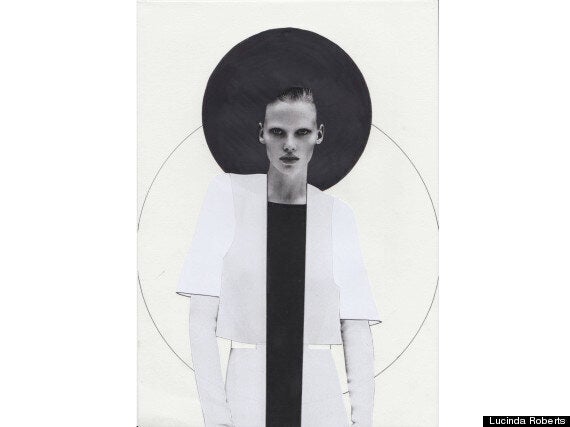
"Future Optimism: Minimal, Simple, Longevity, Practicality.
"My collection has been designed with these words in mind. Design ideas and details take from minimalist architecture, taking ideas of positive and negative spaces to add to design, but also to functionality."
Robert Mills | Manchester School of Art:
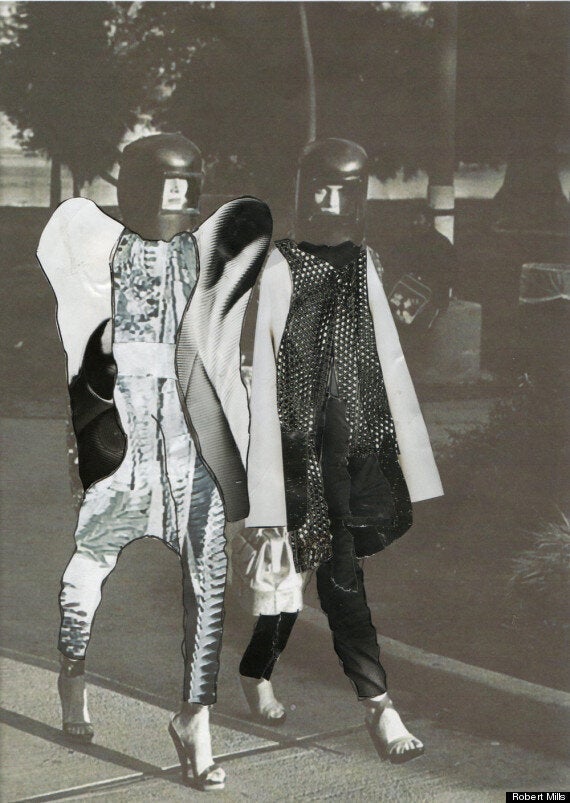
"My collection shows off the survival of the stylish.
"The collection consists of elements that are key for survival when out of the earth’s atmosphere. My collection supplies the woman with all the essentials of living in the future with minimum of earth air left."
Laura Chittenden | Manchester Metropolitan University:
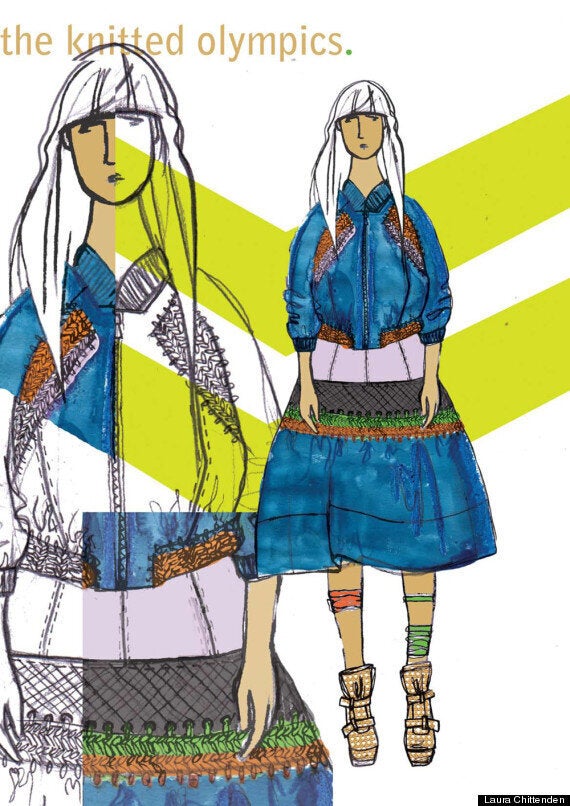
"The Knitted Olympics: From the handicrafts of the Amazon, to the street football in Rio, Brazil is the future.
"The Knitted Olympics is a celebration of the richly diverse country and the bright future it is facing. With the apparel industry producing an overwhelming amount of waste, the future of fashion needs to be one which is much more sustainable for our planet. The Knitted Olympics brings back the concept of individual, handmade pieces in hope for a future away from throwaway fashion."
Chelsey Crossland | Sheffield Hallam University:

"The key change in 10 years will be the shortage of raw materials the impact of climate change from waste products.
"Every year 11,000,000 tons of clothing and waste fabric and footwear are thrown away unnecessarily. My collection ‘A Home at the End of the World’ uses existing garments and remnant fabrics to create something new and wearable, give a garment a new lease of life."
Aysha Simpson | DeMontfort University:
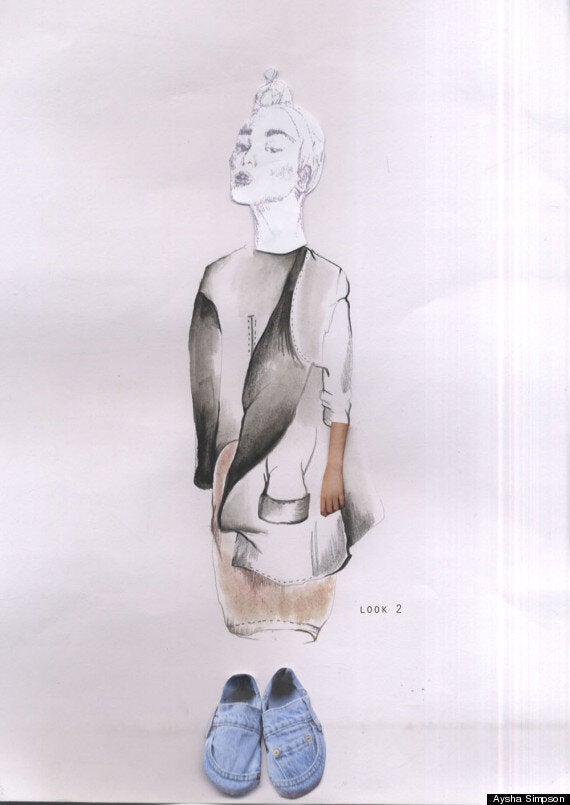
"My journey towards future optimism began planning for a more sustainable future, playing with the idea of recycled clothing and exploring structures that have been produced by artists such as Derick Melander.
"Perhaps in 10 years the traditional aspects of clothing will be deformed. Shirt collars may no longer be restricted to the neck; garments may hang and interact with each other to distort our traditional perceptions of them. I kept in mind the versatility and multi-function or future living. Both of my outfits are multifunctional. The interchangeable and interactive nature of my garments make them both functional and future ready."
Kimberley Phillips | DeMontfort University:
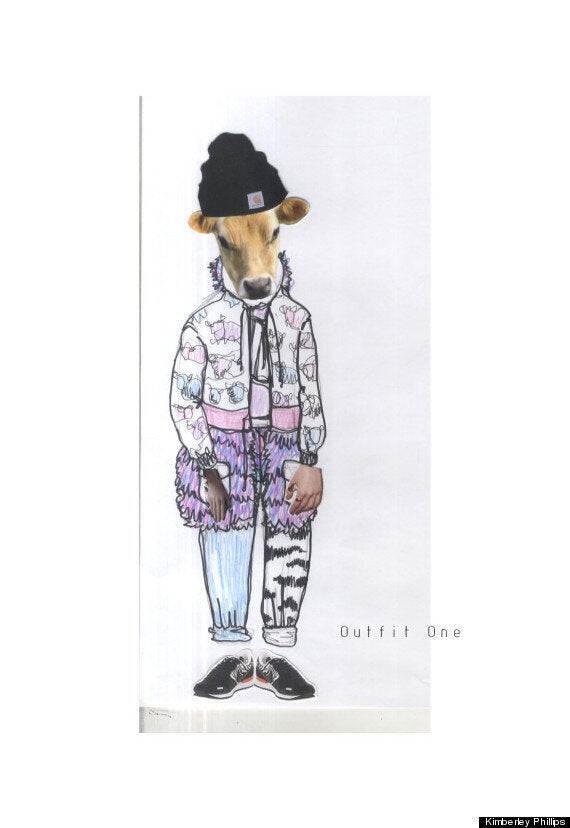
"I wanted to create a collection that would put a smile on people’s faces in the gloomiest of times.
“In today’s current climate, the future doesn't look bright and it doesn't look positive for many people. I looked at the future idea of animal cloning and interbreeding, combining different parts of garments to achieve the best features and using simple animal outlines to create panels and silhouettes in bright effeminate hues.”
Stephanie Kitchen | Bath Spa University:
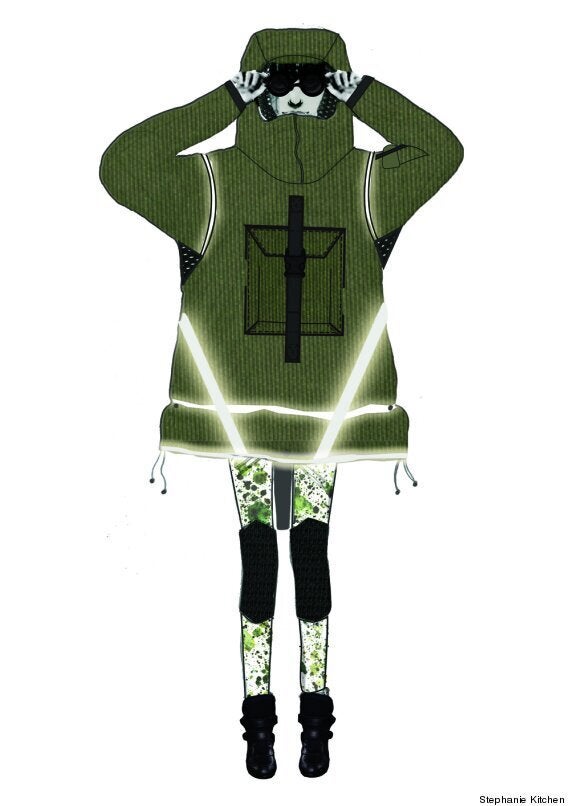
"When I see an adult on a bike, I do not despair for the future of the human race." – H.G. Wells.
"Cycling has grown in the past few years and according to Transport for London, the cycling revolution is predicted to increase a further 400% by 2026. Cycling benefits our health, fitness and well being. It is also economic and environmentally friendly."
Louis Alderson-Bythell | Edinburgh College of Art:
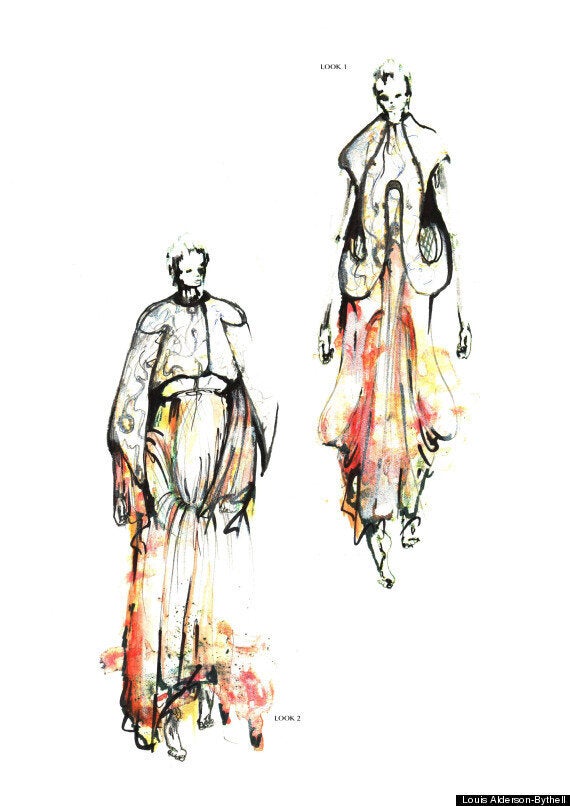
"My collection is about a sudden re-emergence of lost energy.
"Energy which is trying to re-assert itself. The forms are smooth and fluid, morphing around the body. Silica cloth is manipulated using high energy techniques through the kiln with molten glass to create burnished patterns."
Morwenna Darwell | Edinburgh College of Art:
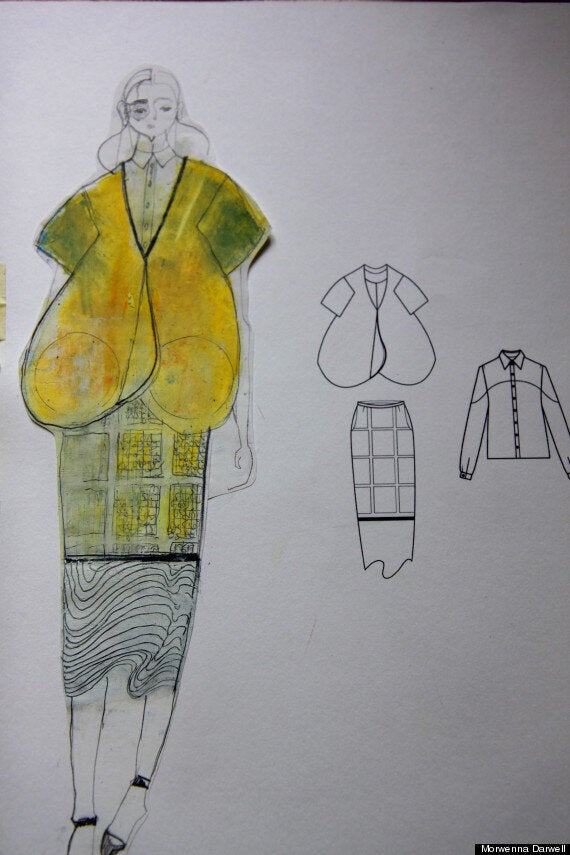
"Fast Fashion, throw away culture, environmentally damaging textiles production methods...
"In the next 10 years this will all continue and more and more people will find it unacceptable and will look for other alternatives. The aim of my collection is to bring colour, life and HAPPYNESS not only to the wearer but those surrounding them. My garments have been produced from natural cotton which has not been bleached or coloured. Waste and discarded plastics from several sources have been layered on top to create colour, depth and beauty.”
Nneka Okorie | University of Salford:
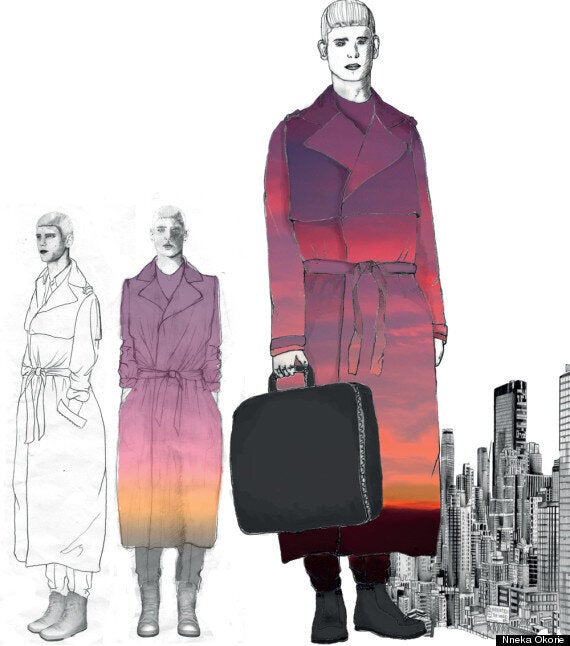
"My answer to the advancements and social changes of society in 10 years’ time is having clothes that are so visually bold and uplifting the mind is transported somewhere else; I’m offering a door to escape through."
Anna Kim | Instituto Marangoni:
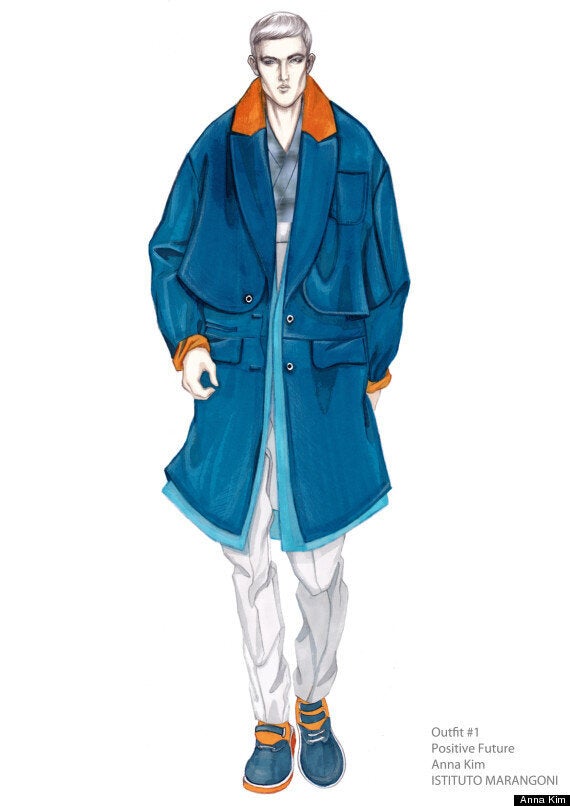
Unknown: Hey! U good? Tell me about the future! How does it feel? Have you met your future self yet?
Anna Kim: The world feels absolutely foreign to me! It’s amazing seeing how much the world can change in 20 years, there’s so much colour around.
Unknown: Colour? What do you mean?
Anna Kim: There is no litter on the streets, cars run on solar energy and vegetation seems to be everywhere. Even now I’m using this free laptop that’s attached to a desk that appears to be grown from a tree. It’s crazy! I finally believe our future is something to look forward to...
Stephanos Konstantinou | Nottingham Trent University:
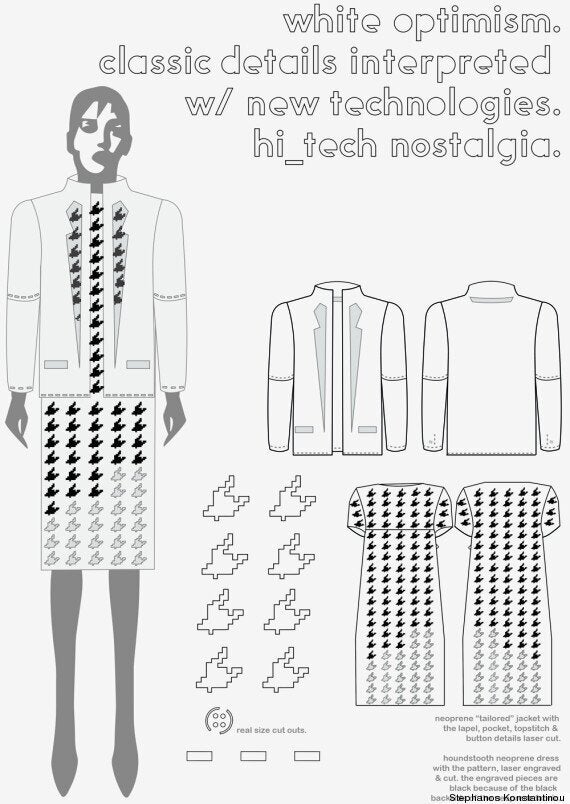
"To me Future Optimism represents a new interpretation of minimalism in fashion.
"Innovative use of technology will allow substantial reductions in manufacturing processes, whilst a reminder of traditional forms is retained in illusory detail.”
Joseph Horton | Nottingham Trent University:
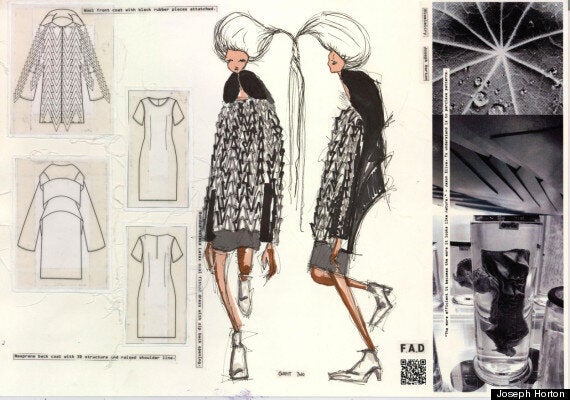
“The more efficient it becomes, the more it looks like nature.” – Jason Silva: To Understand is to Perceive Patterns
"I am interested in the concept of Bio mimicry. Human issues can be solved by developing technologies which replicate or take inspiration from nature. I aim for maximum sustainability in my collection; rubber is recycled and natural components are used where possible.
"Silhouettes in my collection became rounded and domed to create the illusion that water could run straight off the surface, based on the lotus effect. Textiles are sharp, layered and regular but streamlined, inspired by sharkskin."
Estela Nevinskaite | University of East London:
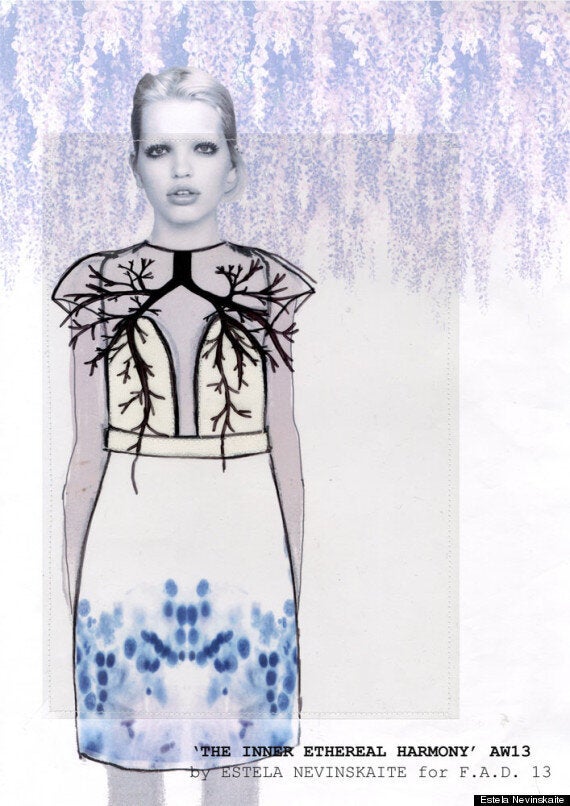
“My inspiration lies with a perception of increased stress and depression in the 21st Century. Clothes are our second skin and dress performs many functions in relation to our body: it can hide and protect us, make us feel safe and warm.
But can our clothes calm us down?
"This question has inspired me to design clothes that could help people relax, inspired by how the soothing scent of lavender travel through our body and our breathing structure.”
Matthew O'Brien | Liverpool John Moores University:
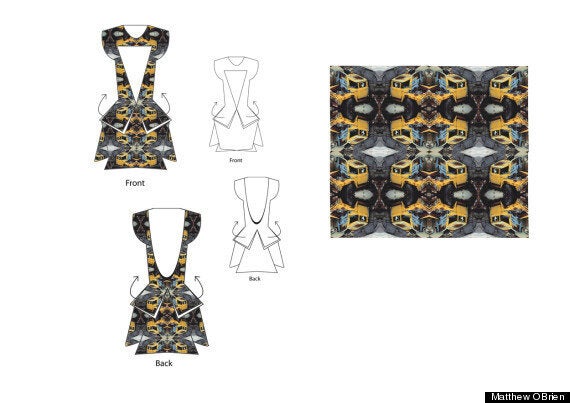
“I was inspired by human interaction with social spaces and aspects of the environment, for example when a person is hot they open a window.
"I wanted to investigate how a garment can react in a similar way in response to the environment of the wearer. So I utilised my technological skills and knowledge, and background in electronics to come up with a moving garment collection.“